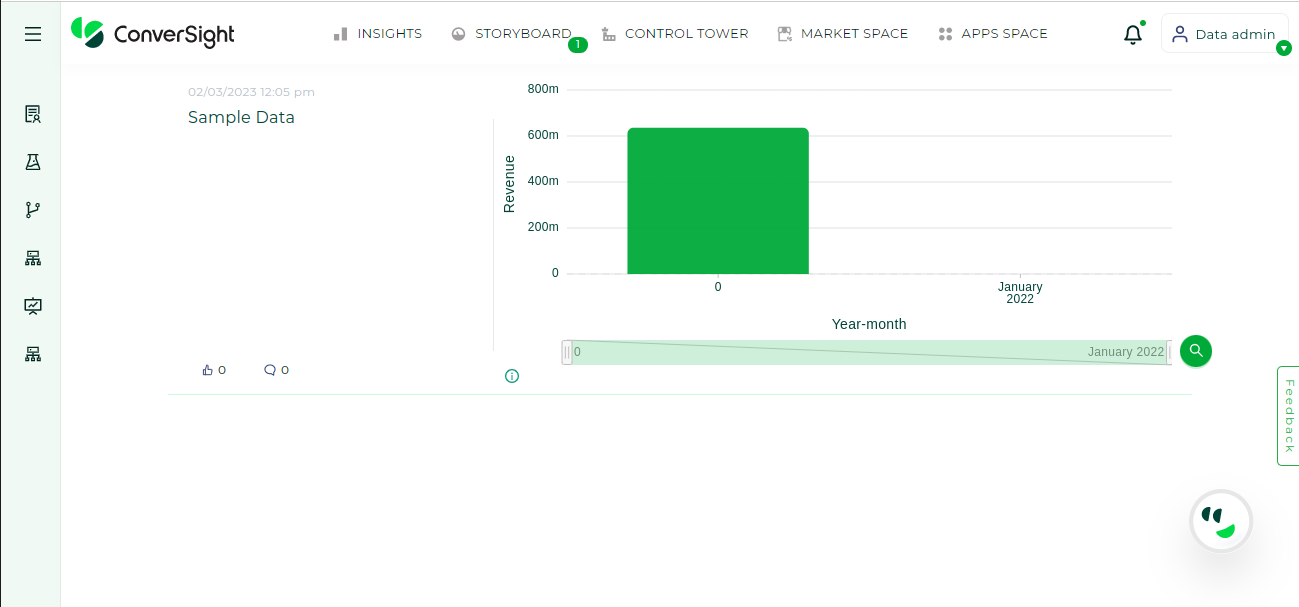Creating Insights from AI Workbench#
In this section, we’ll explore the process of using AI workbench to generate insights. Follow the steps to proceed.
To begin using AI workbench to create insights, the first step is to import the dataset by running the code as follows:

Importing the Datasets#
With the successful import of the dataset, you can use the insight functionalities by typing pi and hitting the tab key. This will reveal a list of functions, including create insights, delete insights, retrieve insights and components, retrieve insights and components as JSON, retrieve insights as JSON and update insights.
To create insights, click create insights on the homescreen.

Creating Insights via Jupyter Notebook#

Insight Created#
The insights can now be accessed from the homescreen.

Insight in User Interface#
List of other available functions#
createinsight - creates an insight on the home screen from the AI workbench.
deleteinsight - deletes an insight.
getinsights - displays the insight in the AI workbench.
updateinsight - updates an insight.
getinsightsasjson - converts the insight to a JSON format for development purposes.
getinsightsandcomponents - displays the insights and their components in the AI workbench.
getinsightsandcomponentsasjson - converts the insights and their components to a JSON format for development purposes.
By establishing and registering a task, the process described above can be automated by including it within the task. The section on Creating a Task in AI Workbench will provide a guide on task creation.